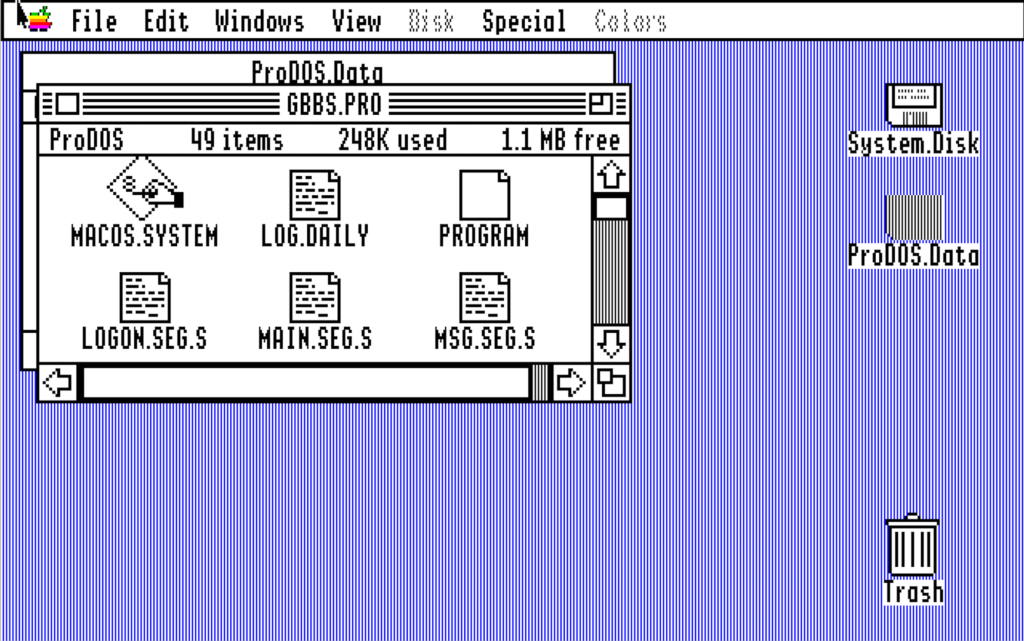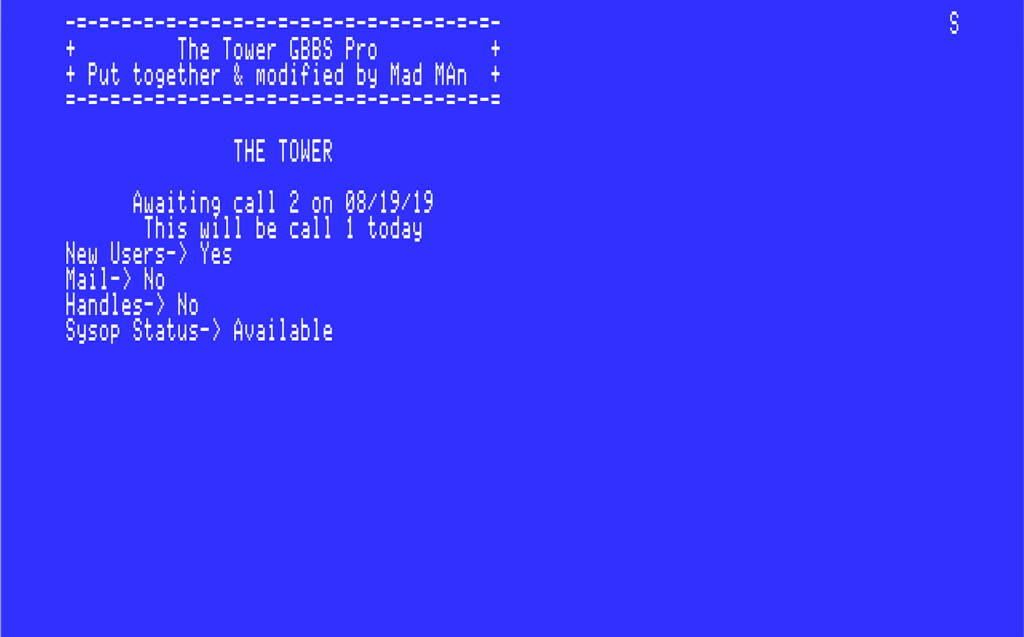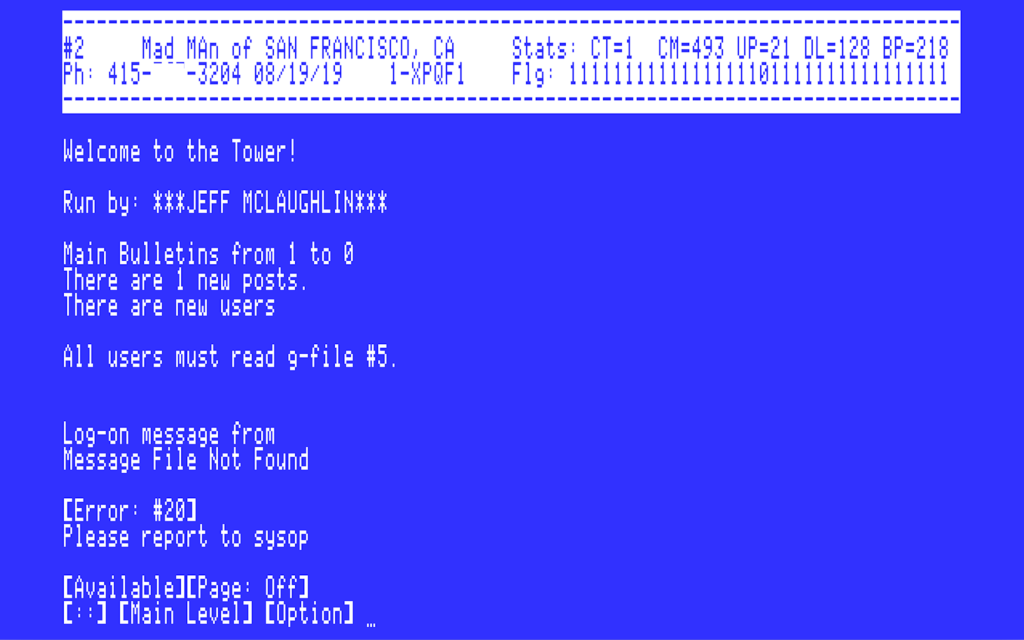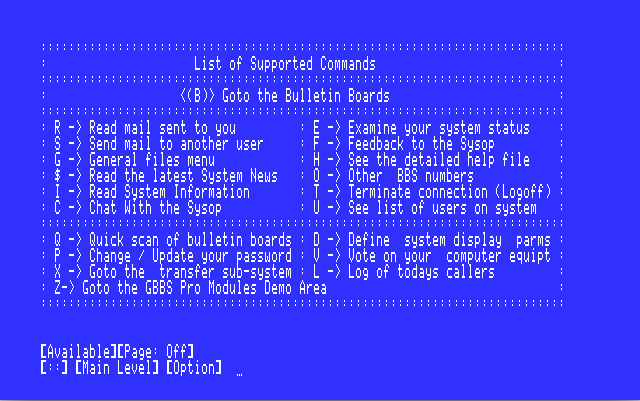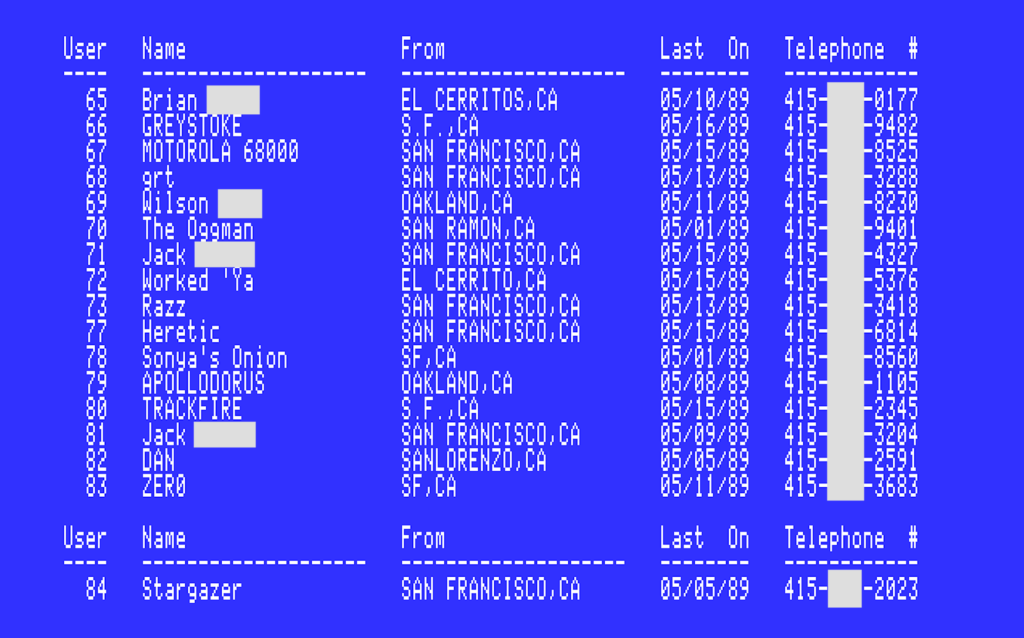It’s funny that I remember a time when Cisco Live used to be a privilege, before it became a chore. I’ve been to every Cisco Live US and every Cisco Live Europe since I started here in 2015. I enjoy the show primarily because I enjoy meeting with fellow network engineers, and there is still a lot of energy every show. But I’ve seen all the booths, the flashy keynotes, and the marketing sessions many times over. I’ve eaten the bad food and stayed in a few bad hotels.
Speaking was one of my favorite activities. The audiences are intimidating, and as someone who used to have a terrible fear of public speaking, there is always a bit of jitters until my session(s) are over. But I enjoy communicating technical concepts in a clear and understandable way. That’s why I got into speaking. I just wish I was teaching a college course where I grade the students instead of the students grading me.
After I transitioned from being an individual contributor to a manager, I held onto my speaking slots for a while, but the last Cisco Live where I spoke was Las Vegas 2022. I attended, but didn’t speak, at Cisco Live Amsterdam 2023 and Cisco Live Las Vegas 2023. It was nice not to have to prepare much, but I missed the “speaker” tab on my badge. It just wasn’t the same. Yet this is what happens when you move into leadership. The sessions at Cisco Live are meant to be technical, and the SGMs who control sessions want technical speakers, not manager-types. When you lead a team, you also don’t want to take sessions from your staff.
In Vegas, I swore I would not return to Cisco Live without a speaker badge. If I didn’t get a slot, I would skip CL for the first time since I came back here in 2015. I applied for two sessions for Europe in Feb 2024, trying to cash in on my “Hall of Fame” status. The SGMs want relevant topics and good speakers. I didn’t get any emails and assumed I wasn’t going to Amsterdam. Have I finally jumped the shark?
Then I got a funny email. “Do you want your Amsterdam session considered for Las Vegas?” Huh? Only speakers get that email. I checked the Cisco Live Speaker Resource Center, and lo and behold, I saw one DevNet session there.
The session I submitted is called “Time Machine! A 1980’s bulletin board system, revived”. What?? I submitted this as a total long shot, nearly positive it would be denied. As detailed in a couple posts on this blog, I ran a bulletin board system in the 1980’s. I proposed to do a DevNet session on how BBS’s worked and how I had revived my own in an emulator. And they accepted it! Ha! Now I have to come up with the content. I remember in the abstract where it asks for “business value of this session” and I said something like “There is absolutely no business value to this session.” I guess the SGMs have a sense of humor.
I guess I’m going to Amsterdam. I know for a fact one of my three regular readers goes to Cisco Live Europe. So I look forward to seeing you there. Meanwhile, I realized at this point in my career I need to submit my sessions in the “IT Leadership” track, so I’m writing some Las Vegas abstracts for that. Can’t keep an old dog down!
